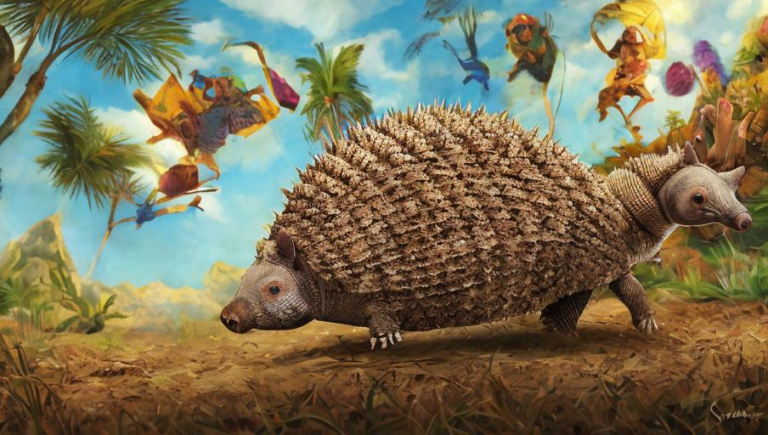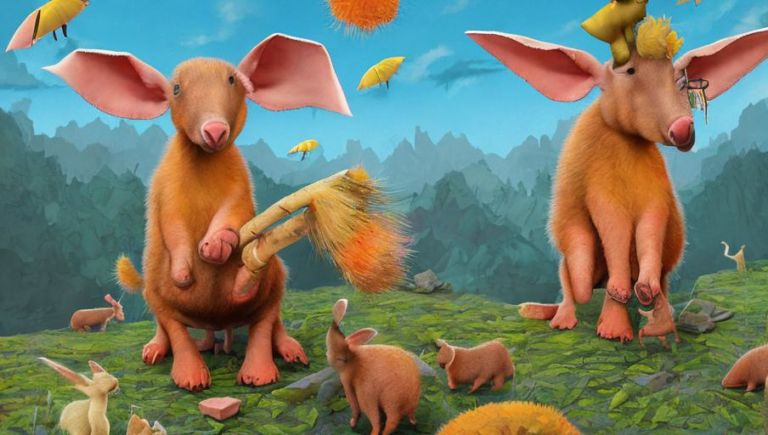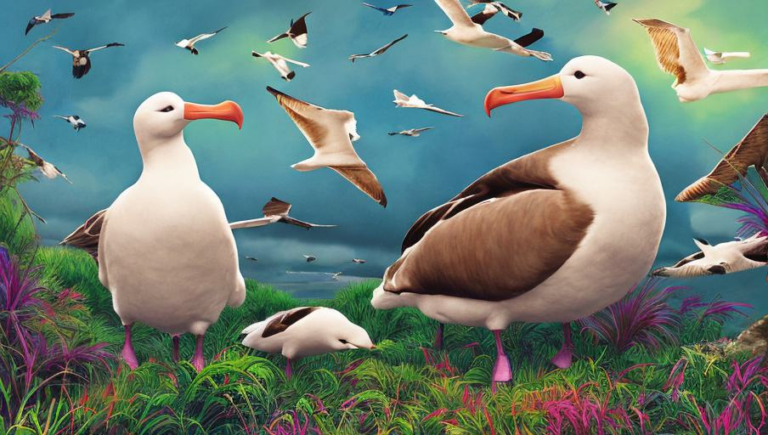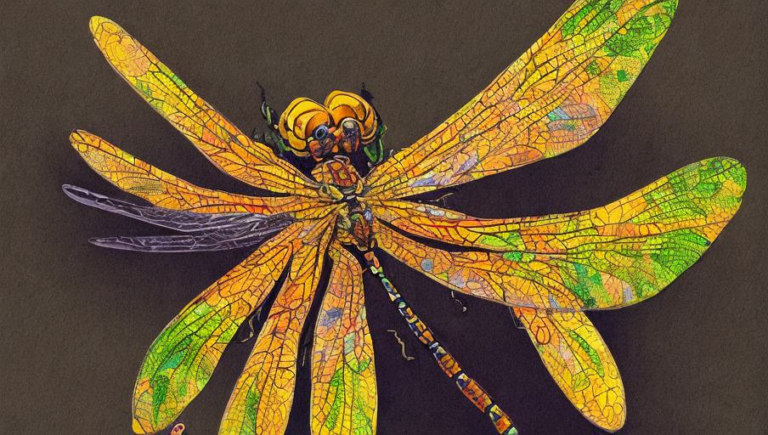Keenly Watching Albatrosses: How They Soar the Skies

Introduction
Albatrosses are a unique species of seabird that soar the skies, often spending days and weeks in the air at a time. With their impressive wingspan and unique flight patterns, they are a sight to behold. In this article, we will take a closer look at albatrosses, their behavior and habitat, and the importance of protecting their environment.
Behavior and Habits of Albatrosses
Albatrosses are long-winged seabirds that live in the ocean, often flying for long distances in search of food. They have an impressive wingspan, usually measuring between 8-10 feet, and can stay in flight for weeks at a time without landing. Albatrosses fly with a unique combination of soaring and gliding, using the wind to their advantage to conserve energy. They are also able to use their wings to quickly change direction and altitude, making them agile in the air.
Albatrosses have a variety of vocalizations, but they are most well-known for their unique “goose-like” honking. They are also highly social creatures and often travel in flocks. Albatrosses mate for life and share in the responsibilities of raising their young. They are also incredibly intelligent, with some species able to recognize their own reflection in a mirror.
Habitat of Albatrosses
Albatrosses are found in the cold and temperate waters of the southern hemisphere. They breed on islands and atolls in the South Pacific, South Atlantic, and Indian oceans. They usually make their nests on the ground and prefer to live in areas with little to no human activity.
Albatrosses often travel long distances in search of food, sometimes ranging as far north as Alaska. They feed mainly on squid, fish, and crustaceans, but they also consume carrion and small animals such as petrels and shearwaters. Their diet is highly varied and they are known to travel thousands of miles in search of food.
Protecting Albatrosses
Albatrosses are facing many threats to their survival, including habitat loss, pollution, and illegal hunting. There are now several organizations and conservation groups that are dedicated to protecting albatrosses and their habitats. They are also working to raise awareness of the threats facing these birds and to educate people about their importance.
One of the most effective ways to protect albatrosses is by reducing plastic pollution. Albatrosses often mistake plastic for food and can be harmed or killed by ingesting it. People can help by reducing their plastic consumption, properly disposing of their waste, and supporting organizations that are working to clean up our oceans.
Albatrosses are an iconic species of seabird that play an important role in their ecosystems. They are a reminder of the beauty and fragility of nature, and it is up to us to protect them and their habitats. By increasing awareness and taking action to reduce plastic pollution, we can help ensure that these remarkable creatures continue to soar the skies for many years to come.
Conclusion
From their impressive wingspan to their unique flight patterns, albatrosses are an awe-inspiring species of seabird. They are facing many threats to their survival, but with increased awareness and conservation efforts, we can help protect them and their habitats for future generations to enjoy.





